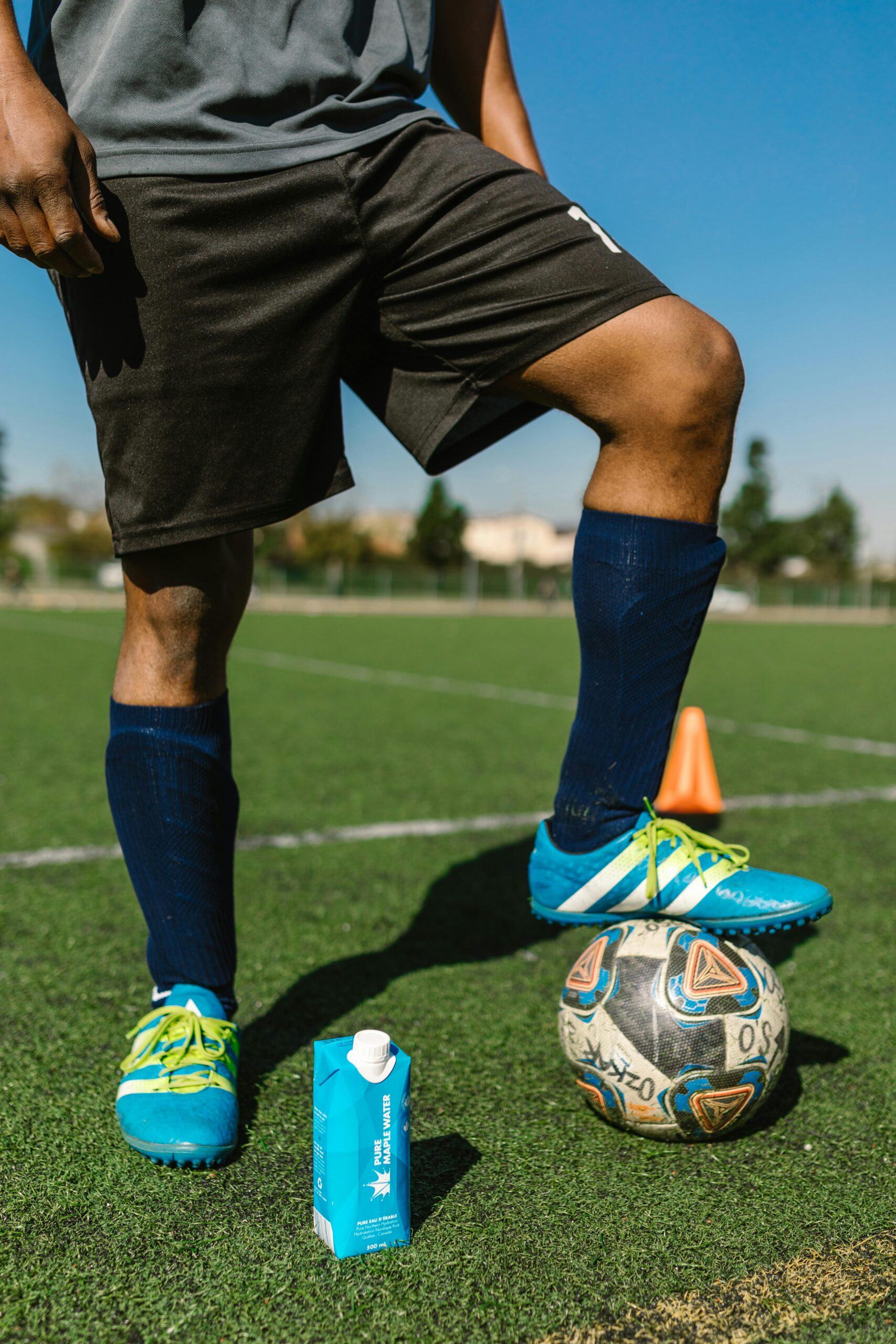Introduction to Hydration in Sports
Hydration is essential for any athlete aiming to maximize their performance and recovery. While nutrition and training often receive a lot of focus, hydration is a key component that can influence athletic outcomes. Proper hydration supports muscle function, joint lubrication, and overall energy levels, allowing athletes to train harder and perform better. During physical activity, the body loses fluids through sweat, making it crucial to replace them to prevent dehydration. Athletes who stay hydrated can maintain endurance, strength, and mental focus, all of which are critical for success in sports. Understanding and implementing effective hydration practices is vital for any sports enthusiast.
The Science of Hydration
Water is crucial for regulating body temperature, transporting nutrients, and removing waste. During exercise, our bodies can lose a significant amount of fluid through sweat, which can lead to dehydration if not properly managed. To help with this, sports drinks have been shown to improve hydration. These drinks, available in both gel and liquid forms, stimulate fluid intake, reabsorption, and retention in ways that water alone cannot achieve for athletes.
Electrolytes, such as sodium and potassium, are also essential for maintaining fluid balance in the body. These minerals help regulate muscle function and nerve signaling, and they are lost through sweat during exercise. If fluid loss is not adequately replaced, it can deregulate fluid homeostasis, impacting overall performance and recovery. When fluid availability is limited or losses are not recovered properly, it can lead to a disruption in this balance.
Signs of Dehydration
Recognizing dehydration symptoms is vital for athletes. Common signs include dry mouth, fatigue, dizziness, and decreased urine output. Severe dehydration can lead to heat exhaustion or heat stroke, requiring immediate medical attention. Athletes in warm climates are at higher risk, as fluid loss tends to be greater in these environments. This can result in increased cardiovascular stress due to the thermal load.
Being aware of these signs and taking proactive steps to maintain hydration can help prevent performance dips and ensure safety during sports activities.
Strategies for Staying Hydrated
To stay properly hydrated, athletes should consider the unique requirements of their sport, intensity level, and the environmental conditions they face. Before starting physical activity, it is important to ensure good hydration by drinking water or a sports drink. During exercise, fluids should be consumed regularly in small amounts rather than infrequently in large quantities, matching sweat loss rates.
After finishing physical activity, replenishing lost fluids becomes essential for effective recovery. For those participating in high-intensity intermittent activities, sports drinks can be particularly beneficial. These beverages help maintain exercise intensity by ensuring high levels of circulating glucose, preventing muscle glycogen depletion. These drinks help maintain exercise intensity by ensuring high levels of circulating glucose, which prevents the depletion of muscle glycogen.
Individual needs should dictate hydration strategies, as different sports and environmental conditions can alter fluid requirements. Monitoring urine color can be an effective way to gauge hydration status, with a light yellow color indicating proper hydration.
Some athletes might benefit from consulting with a sports nutritionist to develop a tailored hydration plan. Factors like personal sweat rate and electrolyte loss can be taken into account for more precise recommendations. Additionally, technological tools and apps designed to track hydration levels can offer real-time insights and personalized advice, helping athletes to adjust their fluid intake efficiently.
Hydration Myths and Facts
There are many misconceptions surrounding hydration in sports. One common myth is that all fluids hydrate the body equally, but this isn’t true. While water is excellent for hydration, it doesn’t provide the electrolytes necessary to replace those lost through sweat. Sports drinks are designed to replenish these electrolytes along with fluids.
Another myth is that you only need to drink when you feel thirsty. By the time you feel thirsty, you may already be mildly dehydrated. It’s important to drink fluids regularly, even if you don’t feel thirsty, to maintain optimal hydration levels.
Some people believe that drinking too much water can cause bloating or cramps during exercise. However, drinking appropriate amounts of water is essential and unlikely to cause discomfort if balanced correctly with electrolyte intake.
There’s also a misconception that caffeinated beverages should be avoided because they cause dehydration. While caffeine does have a diuretic effect, moderate consumption doesn’t significantly impact hydration status and can be included in an athlete’s hydration plan.
Some athletes think that clear urine always indicates proper hydration, but this isn’t necessarily accurate. Urine color can vary due to various factors, including diet and supplements. Light yellow urine is generally a better indicator of good hydration.
Another false belief is that sports drinks are always superior to water for hydration. While sports drinks are beneficial for high-intensity or long-duration activities, water is usually sufficient for moderate exercise or daily hydration needs.
Understanding these myths and focusing on evidence-based hydration practices can help athletes maintain proper fluid balance, ultimately supporting better performance and recovery.
The Role of Technology in Monitoring Hydration
Athletes today can benefit greatly from advancements in technology to keep track of their hydration levels. Specialized apps and tools now provide real-time feedback on fluid intake and loss, which can be incredibly useful for making immediate adjustments. These devices can measure sweat rates and fluid consumption, offering personalized recommendations that help maintain optimal hydration. This technology helps athletes understand their unique hydration needs, taking into account variables like exercise intensity and environmental conditions. By leveraging these tools, athletes can ensure they are adequately hydrated, which supports better performance and quicker recovery. The use of hydration tracking technology can be a game-changer in optimizing an athlete’s overall sports performance.

